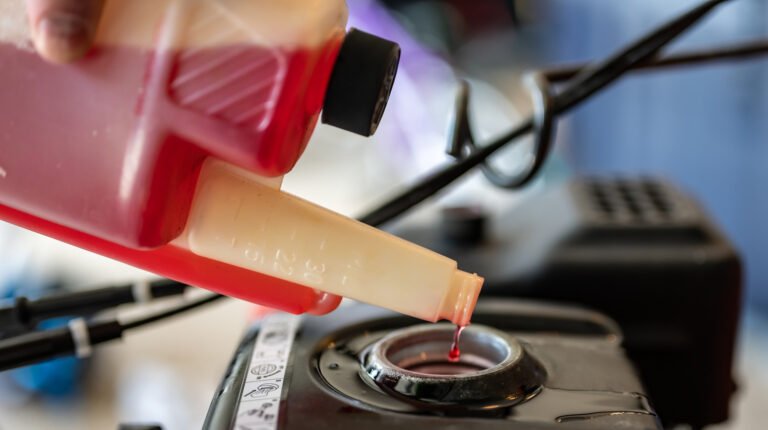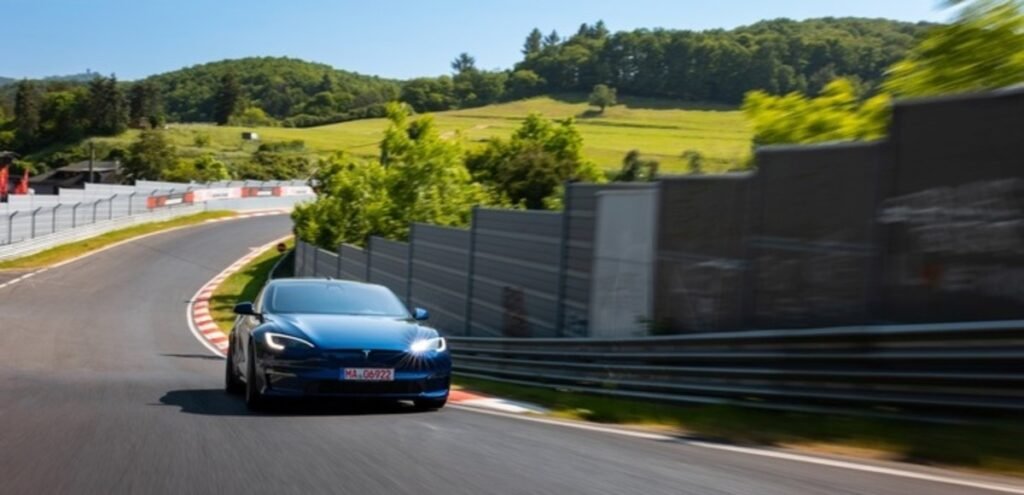
Tesla’s aging flagship gets a light touch-up
Tesla is testing a revised version of the Model S Plaid, its once-groundbreaking performance sedan. Caught lapping the Nürburgring in Germany, the updated car sports only the slightest visual changes — a new front splitter and a revised rear diffuser. Beyond those tweaks and what appear to be larger wheels, the design is largely unchanged from the version Tesla refreshed in 2021.
That’s left some fans disappointed. Despite promises earlier this year from Tesla’s VP of Engineering that the Model S and Model X would get some “love” in 2025, this prototype suggests a minor facelift rather than a ground-up overhaul.
Tesla is definitely doing some things 👀 pic.twitter.com/qchMiAWEoT
— The Kilowatts 🚗⚡️ (@klwtts) May 22, 2025
The competition isn’t standing still
The Model S Plaid was once the king of the electric performance hill, boasting a 1,020-horsepower, tri-motor setup. But lately, it’s been dethroned by newcomers like Porsche’s Taycan Turbo GT with the Weissach Package and Xiaomi’s surprise EV, the SU7 Ultra. These cars not only go toe-to-toe with the Plaid on performance, but do so with newer, more refined platforms and fresher designs.
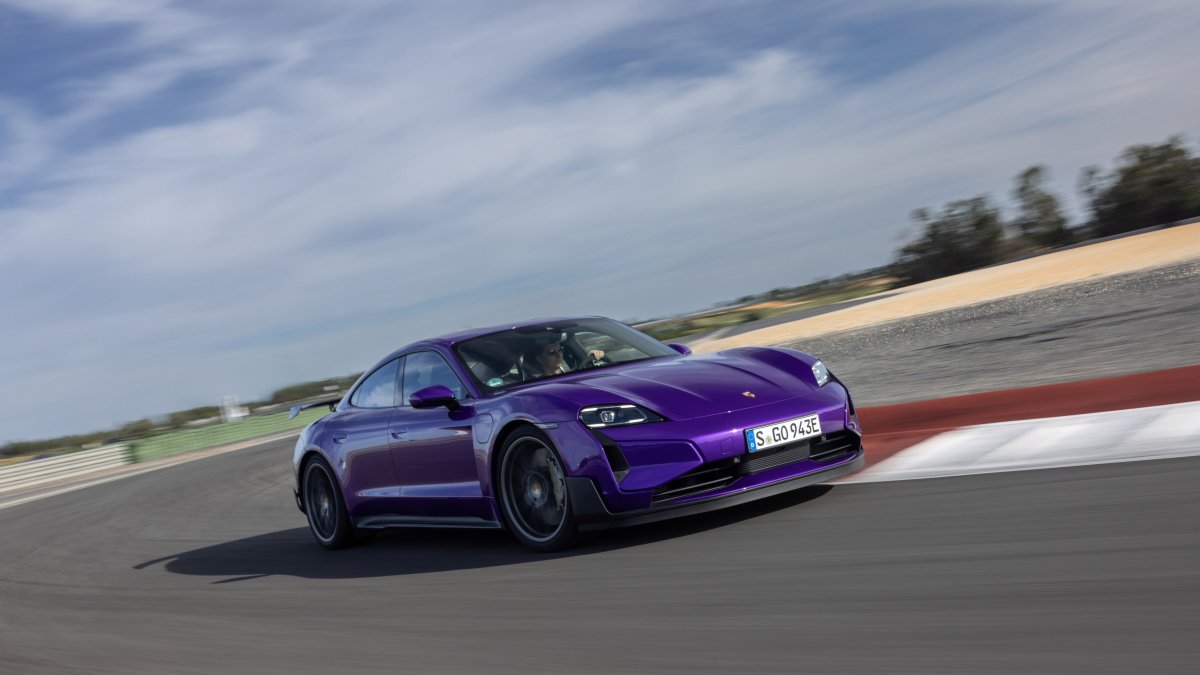
Porsche
While the Model S’s blistering acceleration still impresses, its aging chassis and layout are beginning to show their limitations. Critics have noted that the car’s suspension struggles to keep up with its prodigious power, particularly in hard cornering and under braking.
A long overdue redesign
Originally launched in 2012, the Model S is now 13 years old — an eternity in automotive terms. While Tesla has updated many of the car’s components over the years, the underlying structure and dynamic hardware haven’t seen the sort of deep rework that modern performance EVs demand.
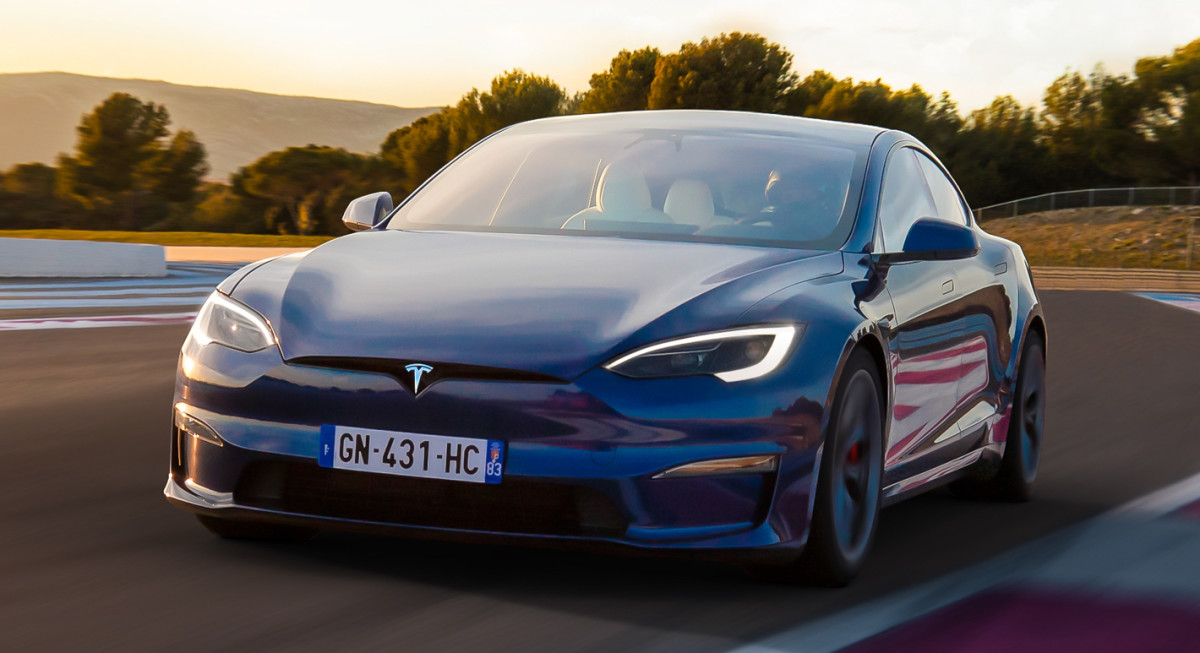
Key features that are becoming industry standards, like 800-volt charging systems, four-wheel steering, or even a suspension setup tuned for aggressive driving, are still missing from the Model S. For a flagship EV, that’s a problem.
Tesla’s update cadence falls short
Tesla has often marketed itself as a fast-moving tech company, but when it comes to vehicle updates, its pace has been surprisingly slow. The Cybertruck took nearly five years to reach production, and both the Model S and Model X have seen minimal visual changes in more than a decade.
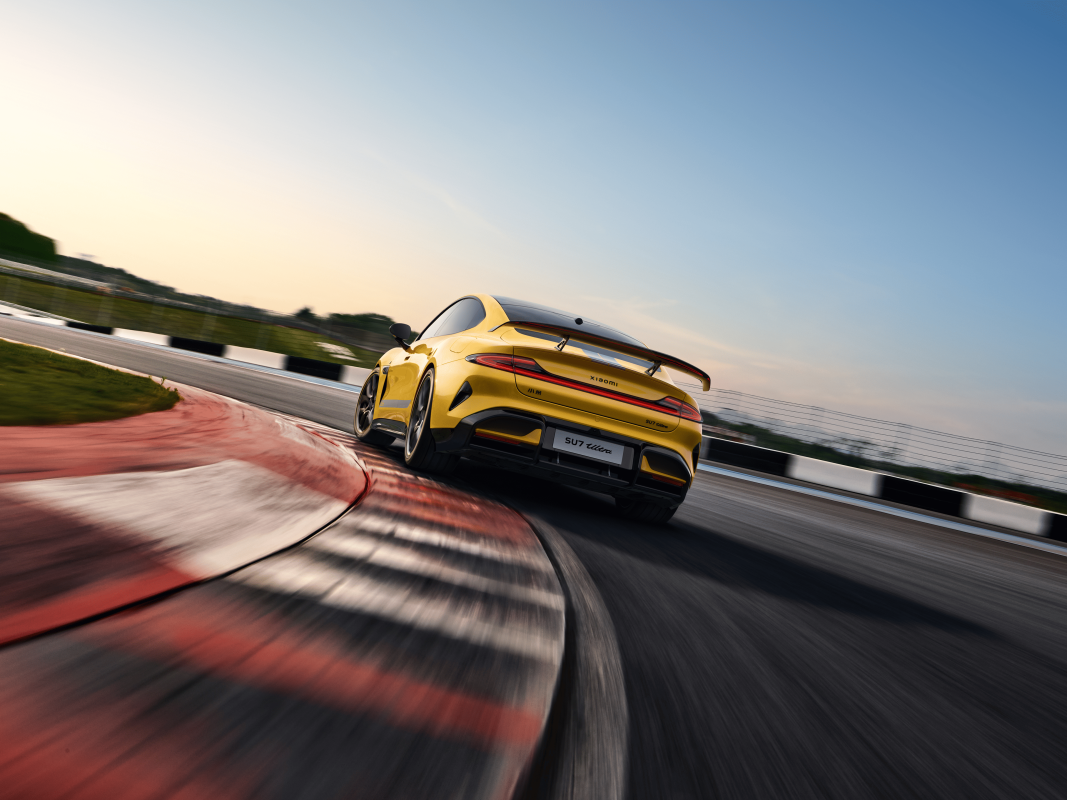
Now, with more EV competitors entering the market every month — especially from China — Tesla’s slow approach to vehicle redesigns is starting to hurt its position. Legacy automakers are now iterating faster, making Tesla’s aging lineup harder to justify, especially at premium prices.
Final thoughts
There’s still hope that Tesla has deeper changes planned under the skin, but if the Nürburgring prototype is any indication, the 2025 Model S Plaid refresh may be more cosmetic than transformative. For a brand that once defined what a modern EV could be, that’s a risky strategy in an increasingly crowded and fast-moving market.

